August 2025 Art News
Amid the horrific loss of life and suffering resulting from geopolitical conflicts across the globe, dozens of organizations and individuals are quietly saving the art and artifacts that continue to stand as symbols of national pride for conflict-torn communities. Public attention has (rightfully) been on the human impact of wars in Ukraine and Gaza, as well as gang violence in countries like Haiti and Ecuador.
In the hierarchy of influential women collectors throughout art history, Gertrude Vanderbilt Whitney (1875–1942) stands near the top of the list.
Alberto Giacometti’s “Large Thin Head” is still waiting for its next collector after failing to sell at Sotheby’s New York auction in May for an asking price of $70 million. Andy Warhol’s “Big Electric Chair” was saved from a similar fate when Christie’s pulled the $30 million canvas from their spring auction.
High profile interdisciplinary artist Jeffrey Gibson (b. 1972) made history as the first Native American to represent the U.S. at the 60th Venice Biennale. His 2024 solo exhibition, the space in which to place me, took its title from a line in Layli Long Soldier’s poem, Ȟe Sápa–which examines history, identity, perception, and place.
The name Monet is perhaps one of the most recognizable in the world of art, but overwhelmingly, it is associated with the life and paintings of Claude Monet (1840-1926), the illustrious father of impressionism painting. There was another Monet, however, proficient in painting, who created lively, impressionistic works, but little recognized beyond the shadow of Claude. She was Blanche Hoschedé-Monet.


![DEl Kathryn Barton [Australian b. 1972] the more than human love , 2025 Acrylic on French linen 78 3/4 x 137 3/4 inches 200 x 350 cm Framed dimensions: 79 7/8 x 139 inches 203 x 353 cm](/sites/default/files/styles/category_card_187x139/public/ab15211bartonthe-more-human-lovelg.jpg?itok=LJbNuU6F)

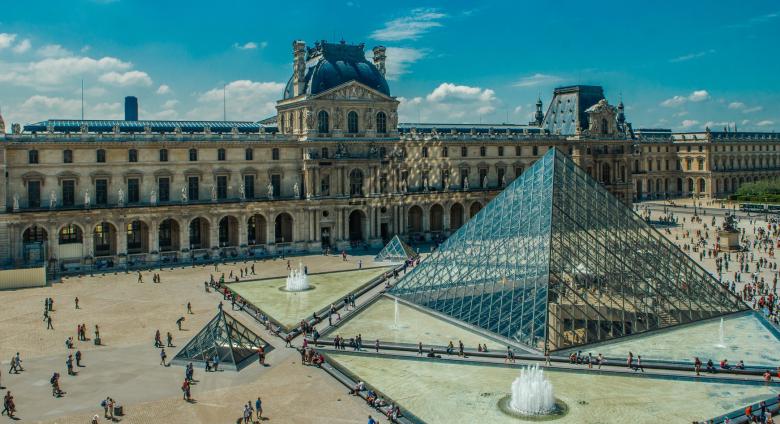
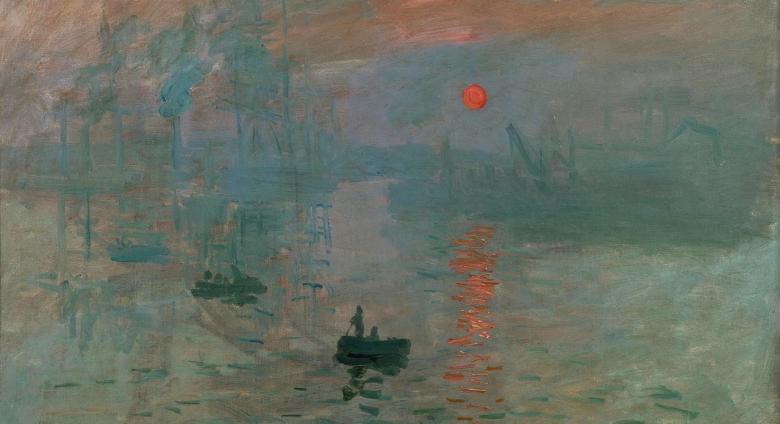
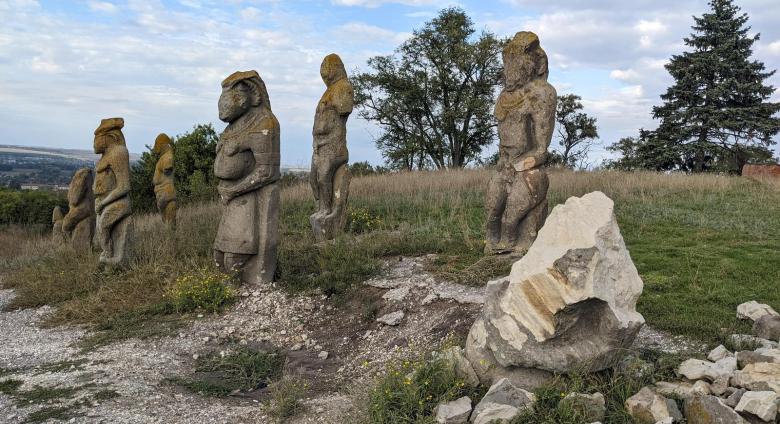
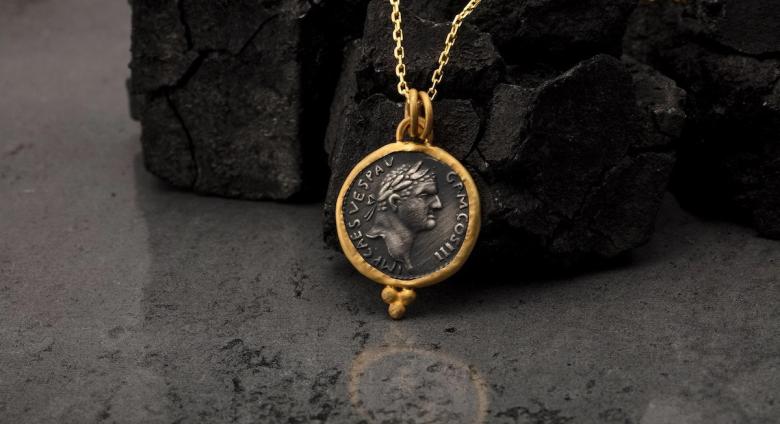
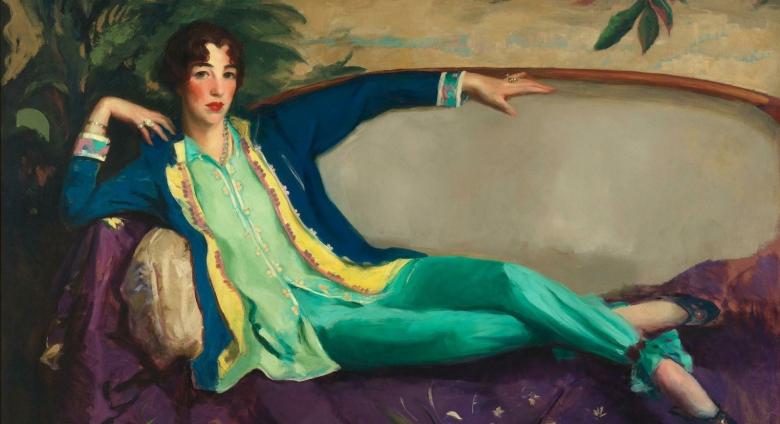
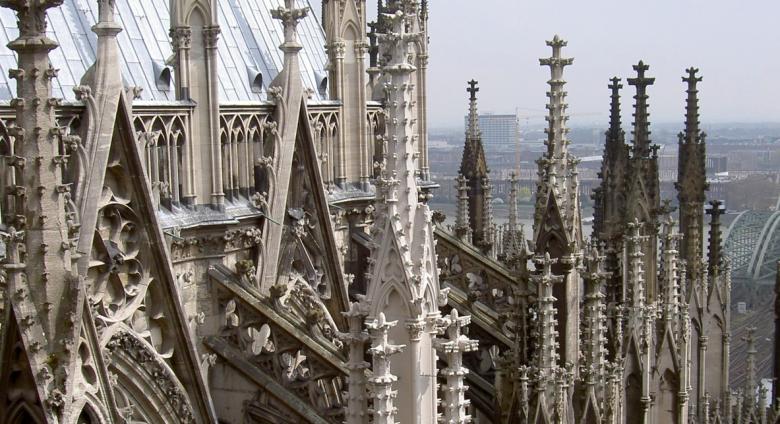
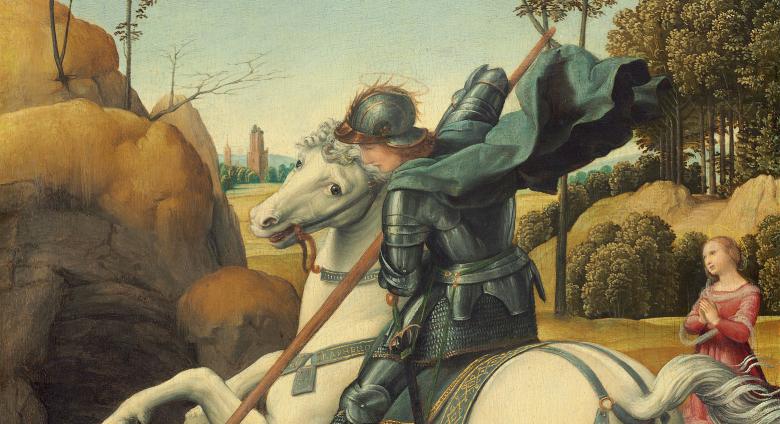
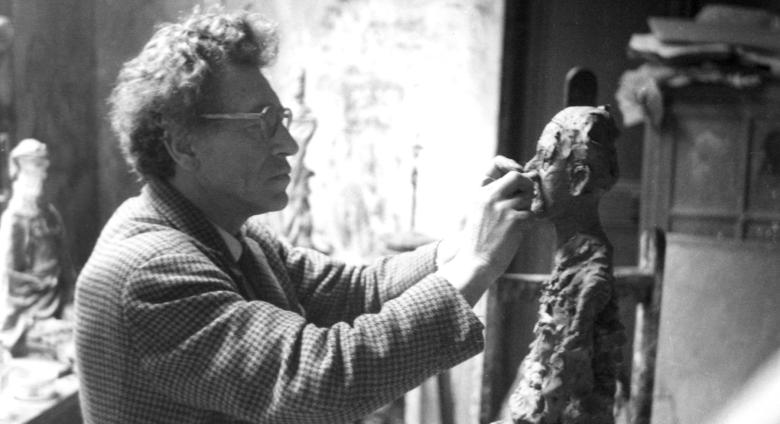
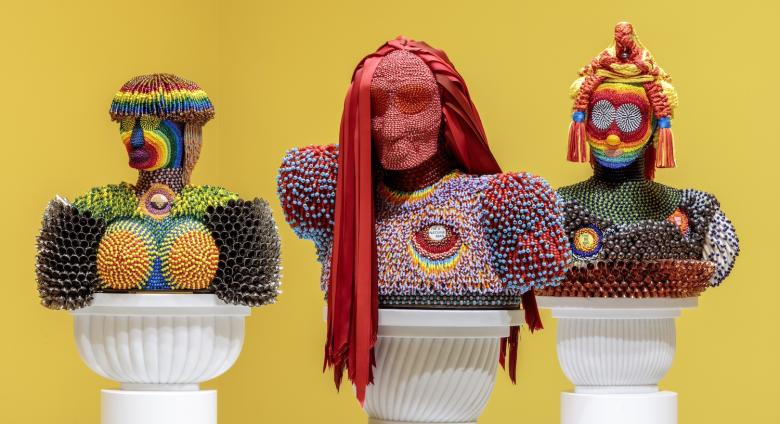
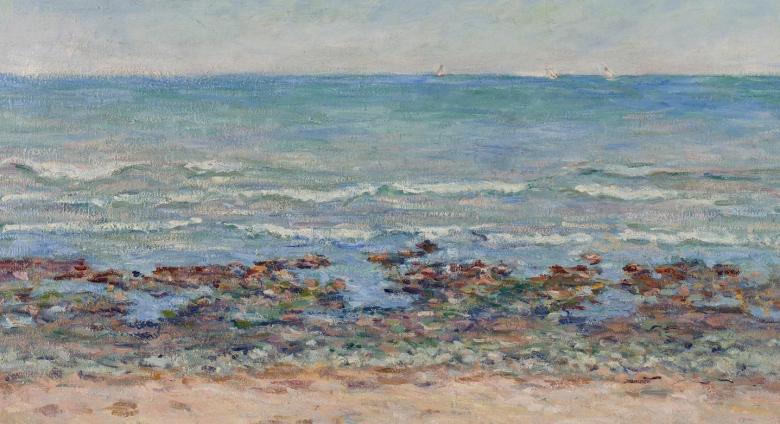











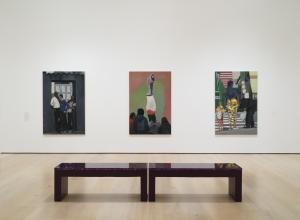

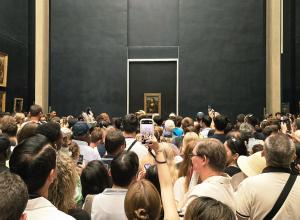





![Ginevra de’ Benci [obverse]. 1474/1478. Leonardo da Vinci. Oil on Panel. Ailsa Mellon Brue Fund, National Gallery of Art.](/sites/default/files/styles/image_5_column/public/ginevradebenciobverse196761a.jpg?itok=hIzdUTaK)